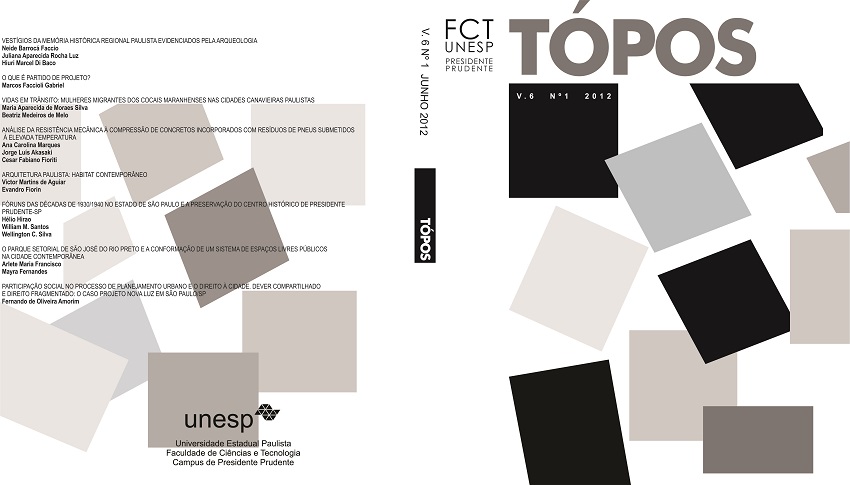VIDAS EM TRÂNSITO: MULHERES MIGRANTES DOS COCAIS MARANHENSES NAS CIDADES CANAVIEIRAS PAULISTAS
Resumo
O objetivo deste texto é a análise das configurações sociais e laborais resultantes do processo migratório de milhares de camponeses do estado do Maranhão, situado no nordeste do Brasil, para o trabalho nos canaviais do estado de São Paulo, sob as óticas de gênero e geração. De modo geral, esta migração é caracterizada pela partida dos homens jovens e adultos e pela permanência nos locais de origem das mulheres e crianças. Contudo, nos últimos anos, tem se verificado a presença de muitas mulheres acompanhando maridos, filhos e até mesmo netos. Neste texto, serão utilizados os dados da investigação na cidade de origem dos migrantes –Timbiras, situada no leste do estado do Maranhão – e na cidade de destino, Guariba, na região de Ribeirão Preto, considerada o maior pólo produtor de açúcar é álcool do país. A metodologia empregada baseou-se na história oral, registros imagéticos e a realização de uma ‘oficina de bonecas de pano’ com nove mulheres na cidade de Guariba. As principais conclusões da pesquisa revelam que, embora as mulheres não façam parte da força de trabalho empregada no corte da cana, elas desempenham papéis importantes para assegurar a permanência da família – quer migrando ou não -, para manter os vínculos com os locais de origem e também para redefinir os territórios migratórios sob a ótica feminina, geralmente, interpretado tão-somente vis-à-vis os homens. Tornar visível as mulheres é também verificar o processo de perda da condição camponesa, enquanto quebradoras do coco babaçu nos cocais maranhenses e sua conversão em donas-de-casa nas cidades canavieiras paulistas.
Palavras-chave: migrações; gênero; camponeses; canaviais.
Abstract
The objective of this text is the analysis of social and labour settings resulting from the migration process of thousands of peasants in the State of Maranhão in the Northeast region, situated in North-eastern Brazil, to work on plantations in the State of São Paulo, under the gender and generation optical. In General, this migration is characterized by the departure of young men and adults and by staying in the places of origin of the women and children. However, in recent years, has been the presence of many women with husbands, children and even grandchildren. In this text, the research data will be used in the city of origin of migrants-Timbiras, located in the East of the State of Maranhão in the Northeast region and the destination city, Guariba, in the region of Ribeirão Preto-SP, considered the world's largest sugar producer pole is alcohol. The methodology used was based on oral history, images records, and performing a ' rag dolls ' workshop with nine women in the town. The conclusions of this research reveal that, although women are not part of the labour force employed in the sugar-cane cutting, they play important roles to ensure the permanence of family — whether migrating or not, to keep the links to the places of origin and also to reset the migratory female perspective territories generally played only vis-à-vis men. Make visible women is also check the process of loss of peasant condition, while babassu breaker and its conversion to housewives.
Key Words: migration; gender; peasants; sugarcan.

